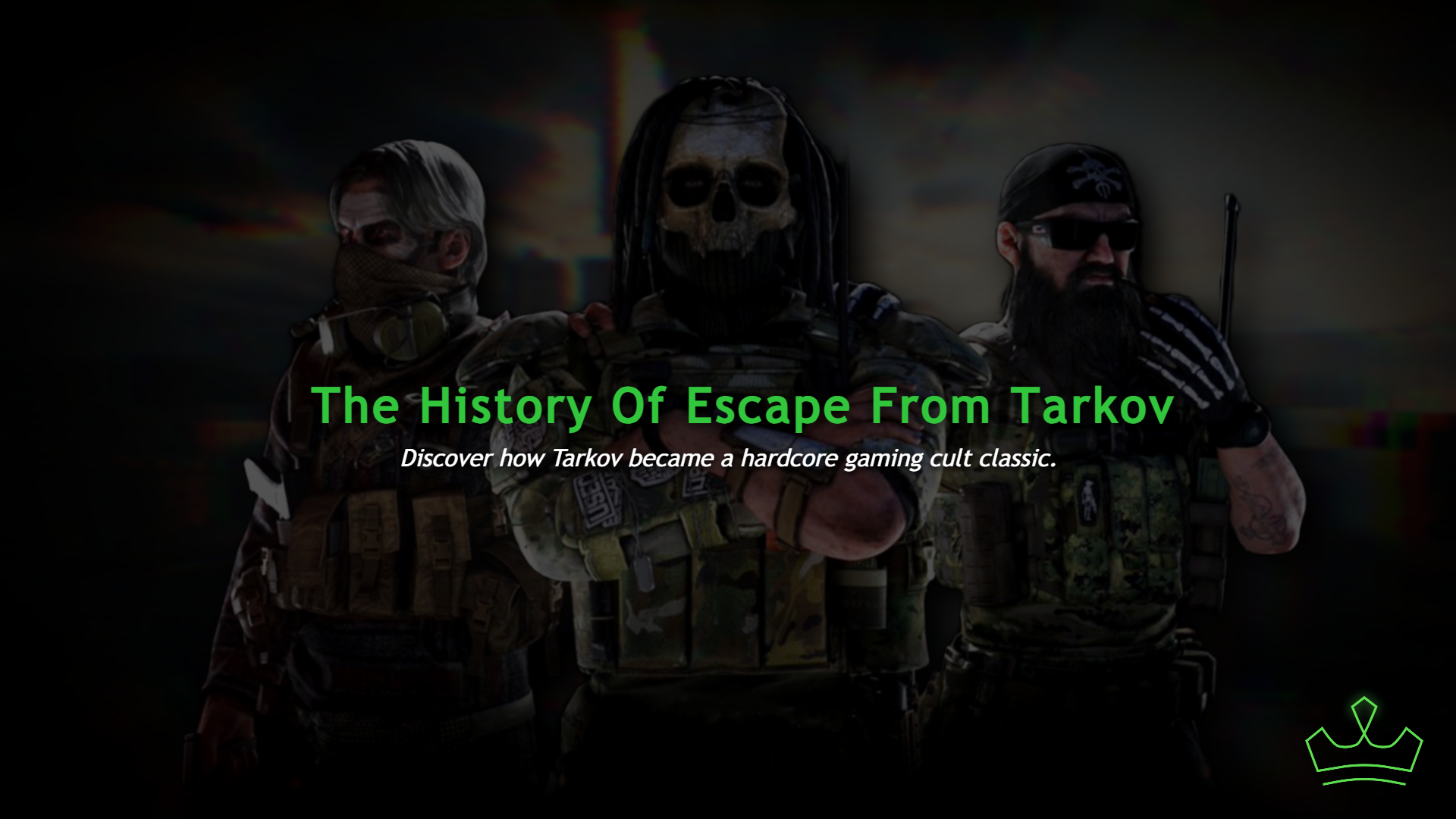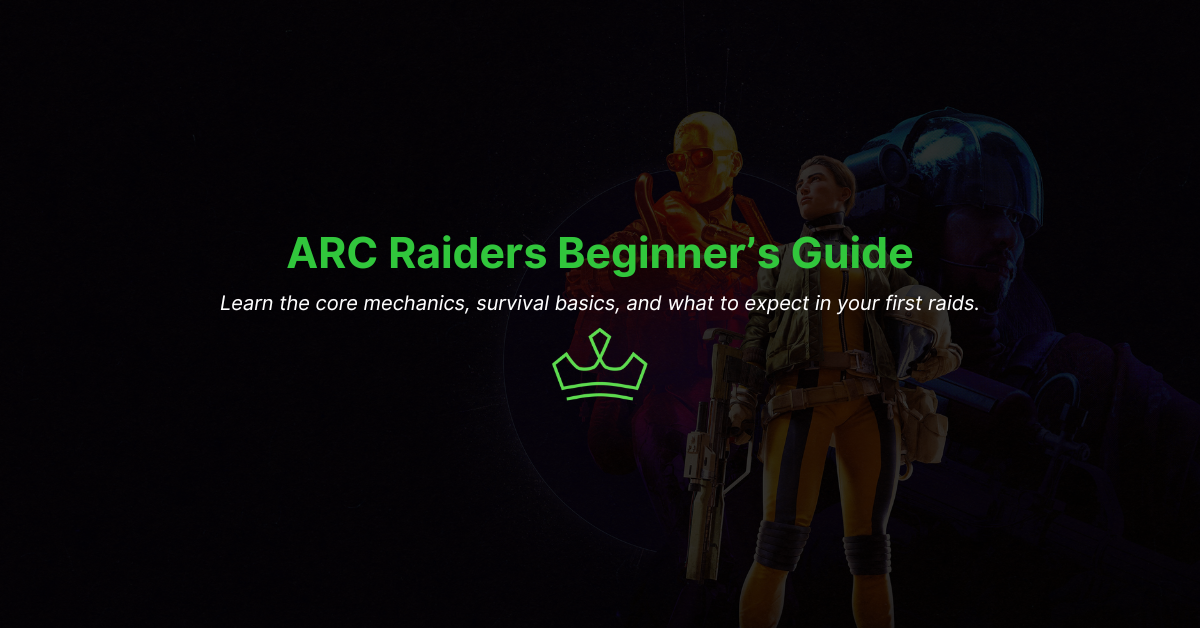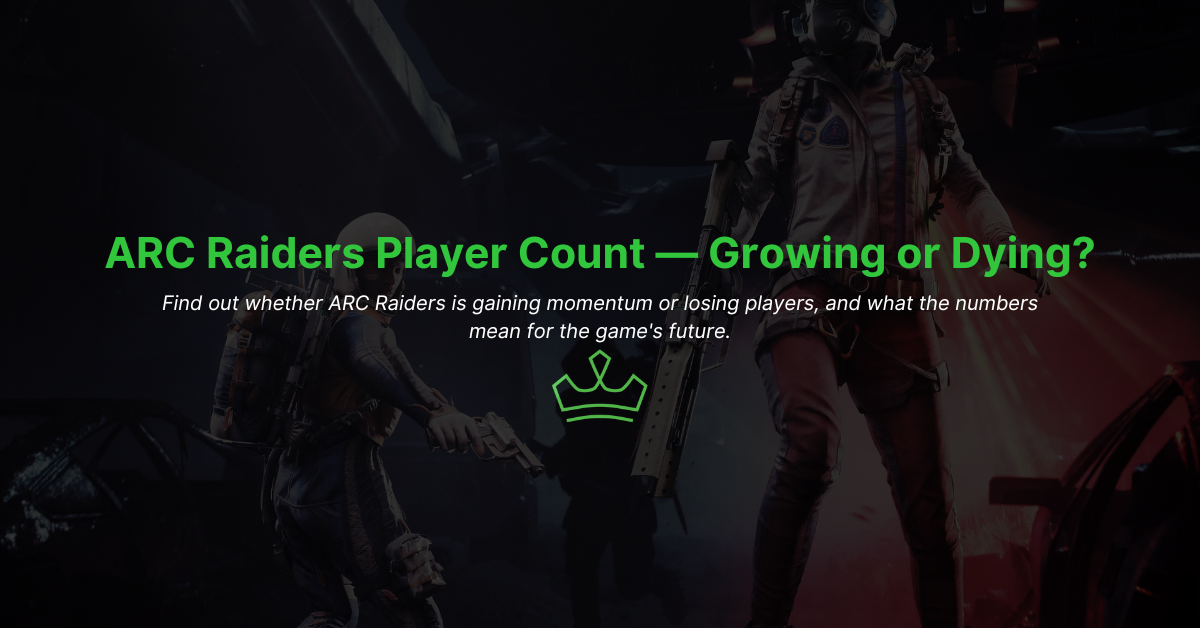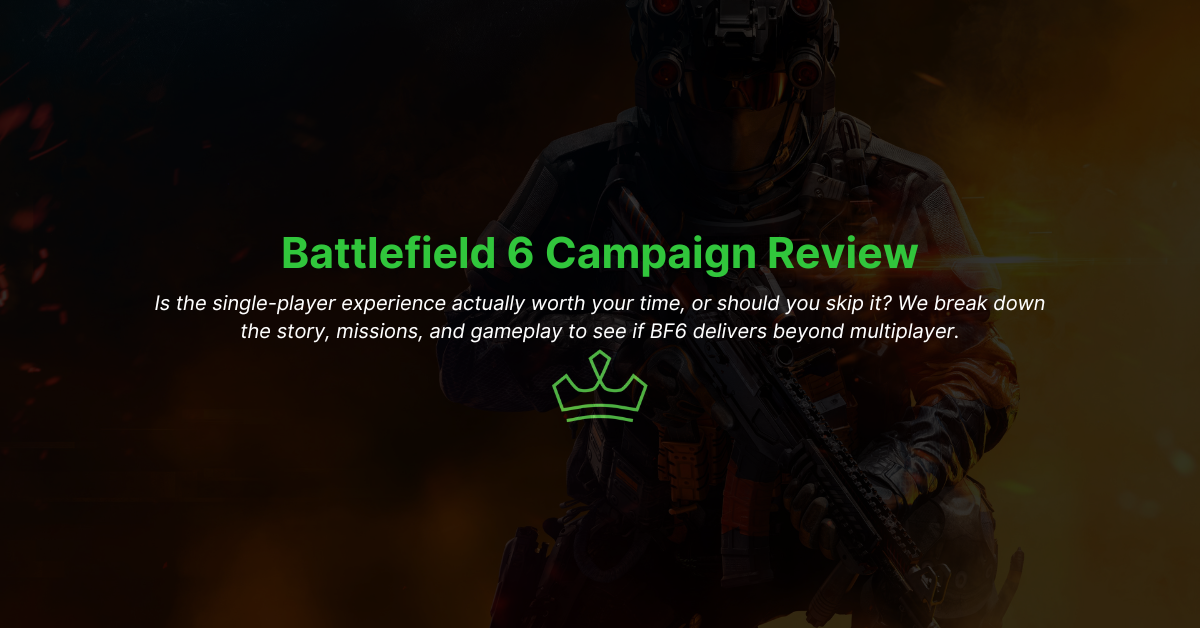Escape From Tarkov (EFT) has become one of the most immersive, challenging, and talked-about games in recent years. Developed by Battlestate Games, EFT offers a blend of realistic first-person shooter mechanics with deep survival elements that challenge even the most seasoned players. In this blog post, we’ll take a deep dive into the history and evolution of Escape From Tarkov, from its initial concept to its current position as a cult favorite in the hardcore gaming community.
Whether you’re a newcomer trying to understand the hype or a veteran looking to revisit the roots of your favorite game, this guide covers everything you need to know. You can also check out our Escape From Tarkov cheats for related tools that can enhance your gameplay.
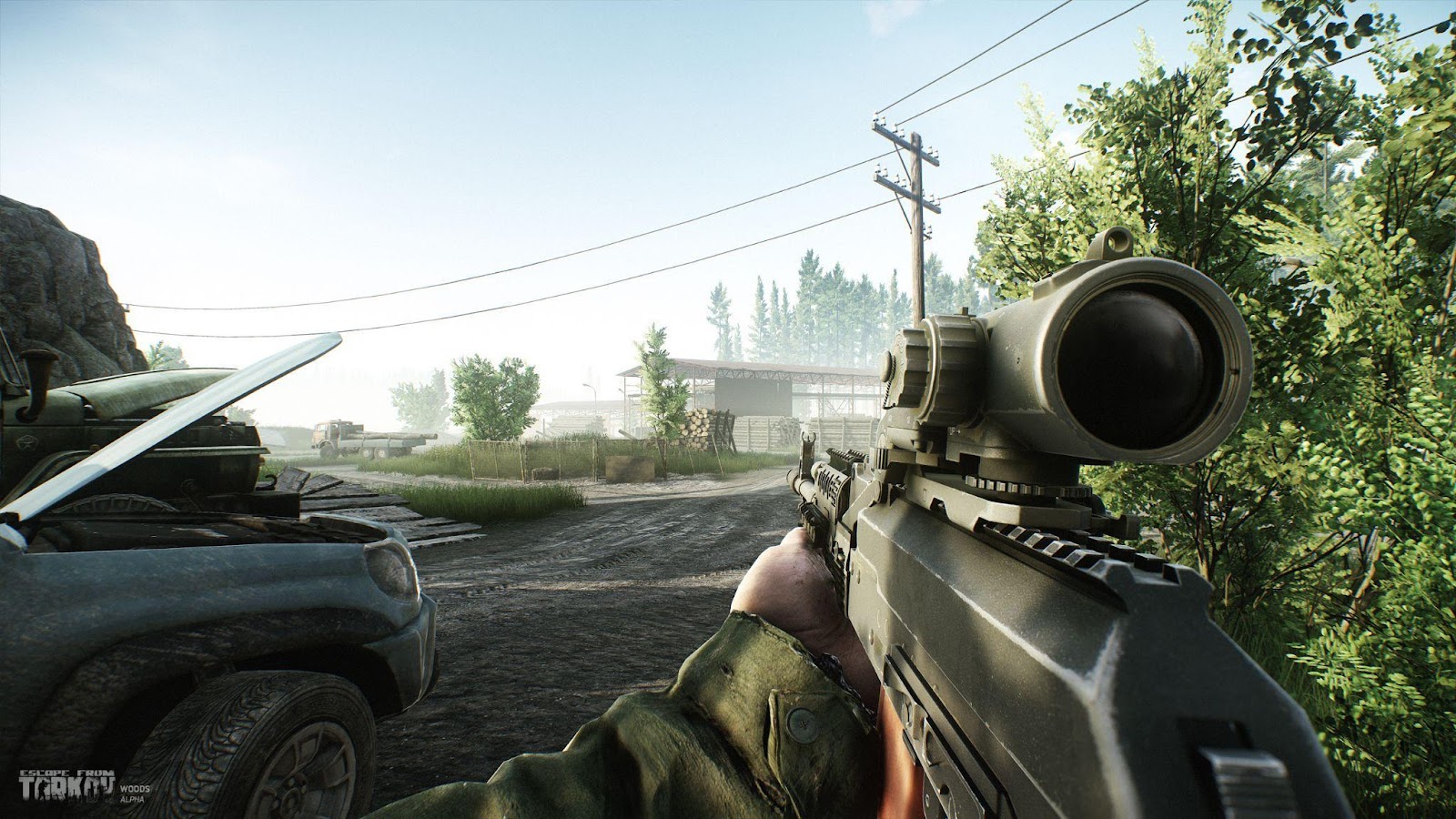
When did Escape From Tarkov come out?
Escape From Tarkov was first announced by Battlestate Games in 2015, capturing immediate attention with its unique blend of tactical FPS and hardcore survival. The anticipation grew as trailers showcased the game’s ambitious mechanics, and players eagerly awaited the first opportunity to dive in.
The first playable version arrived in August 2016 with a closed alpha, allowing a limited pool of users to test early gameplay features. This stage was critical in collecting feedback on the game’s mechanics and performance. By December 2016, access had expanded, with more testers joining in what became known as the Extended Alpha.
In July 2017, EFT entered Closed Beta, significantly increasing the player base and introducing maps like Customs and Factory. This phase also saw the introduction of matchmaking and partial progress saving, bringing EFT closer to its long-term vision.
Release Timeline Recap:
- August 2016: Closed Alpha begins
- December 2016: Extended Alpha access
- July 2017: Closed Beta launch
- 2017-Present: Ongoing beta testing with frequent wipes and major content updates
The initial reception from players was mixed. Hardcore gamers appreciated the game’s attention to detail and realism, while others struggled with its steep learning curve and technical limitations. Over the years, consistent updates and community engagement have smoothed out many of these issues, transforming EFT into a flagship title for tactical shooter fans.
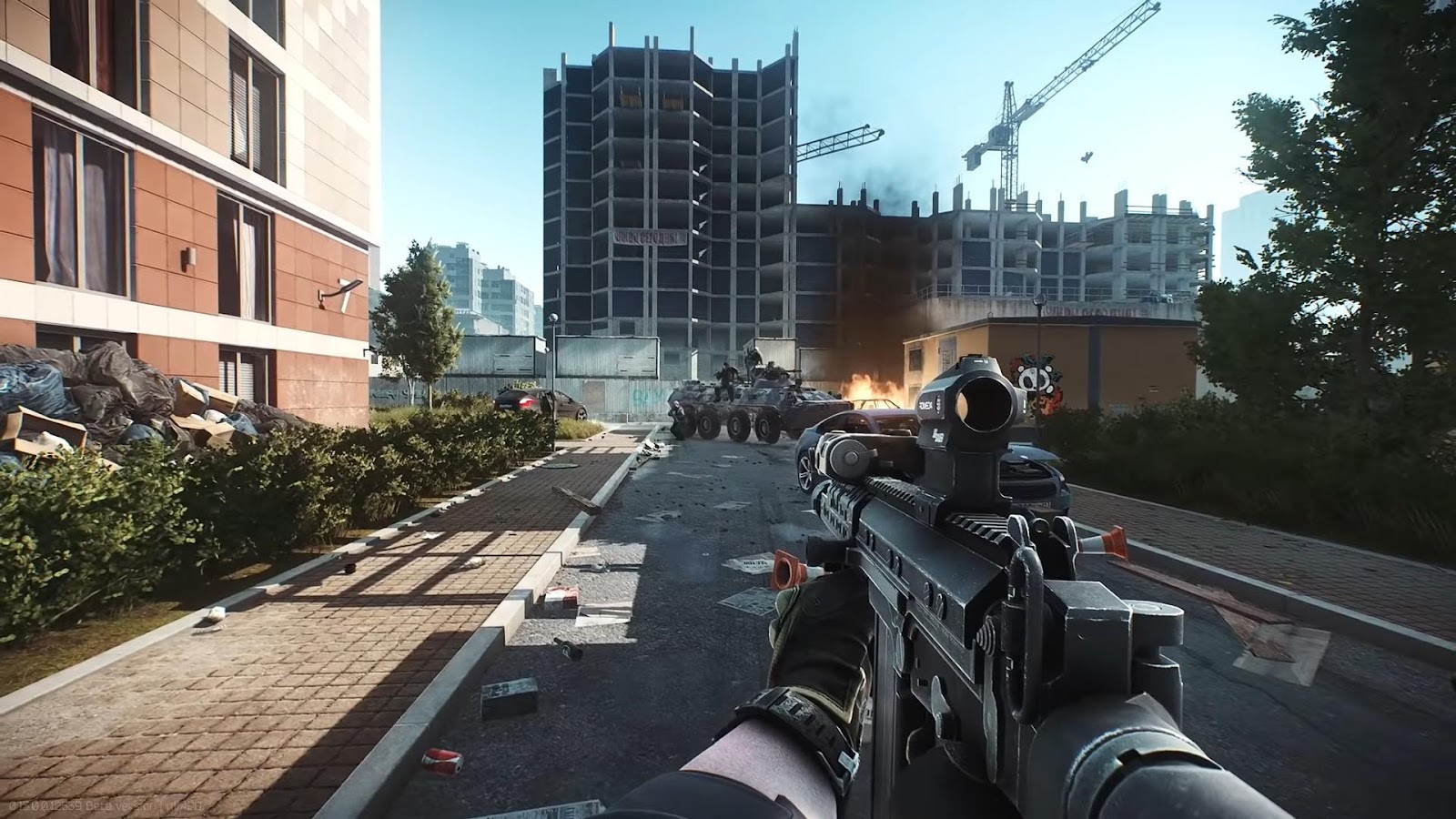
Early development and the vision behind EFT
From the beginning, the developers at Battlestate Games envisioned EFT as a groundbreaking title that would redefine what a first-person shooter could be. The game was designed to emphasize immersion, consequence, and realism, elements often glossed over in mainstream shooters.
The concept was to create a gritty, war-torn world where players would engage in high-risk, high-reward raids. Every bullet mattered, every step could give away your position, and death meant the loss of all carried gear unless you were wise enough to insure it or escape in time.
Core Design Philosophies:
- Hardcore realism: No regenerating health, no radar, and punishing damage systems.
- Persistent world: Player progression and story quests carry over between raids.
- Customization depth: Extensive modular weapon modifications affect performance and utility.
The game’s setting in the fictional Russian city of Tarkov offered the perfect backdrop for such a high-stakes world. The developers drew on real-world conflicts, military tactics, and survival scenarios to build a believable and engaging universe. Inspiration also came from titles like S.T.A.L.K.E.R., DayZ, and ARMA, but EFT set out to go further in depth and complexity.
Despite early skepticism about whether such an ambitious title could be successfully executed, EFT slowly began winning over critics with its authentic gunplay, atmosphere, and continual updates.
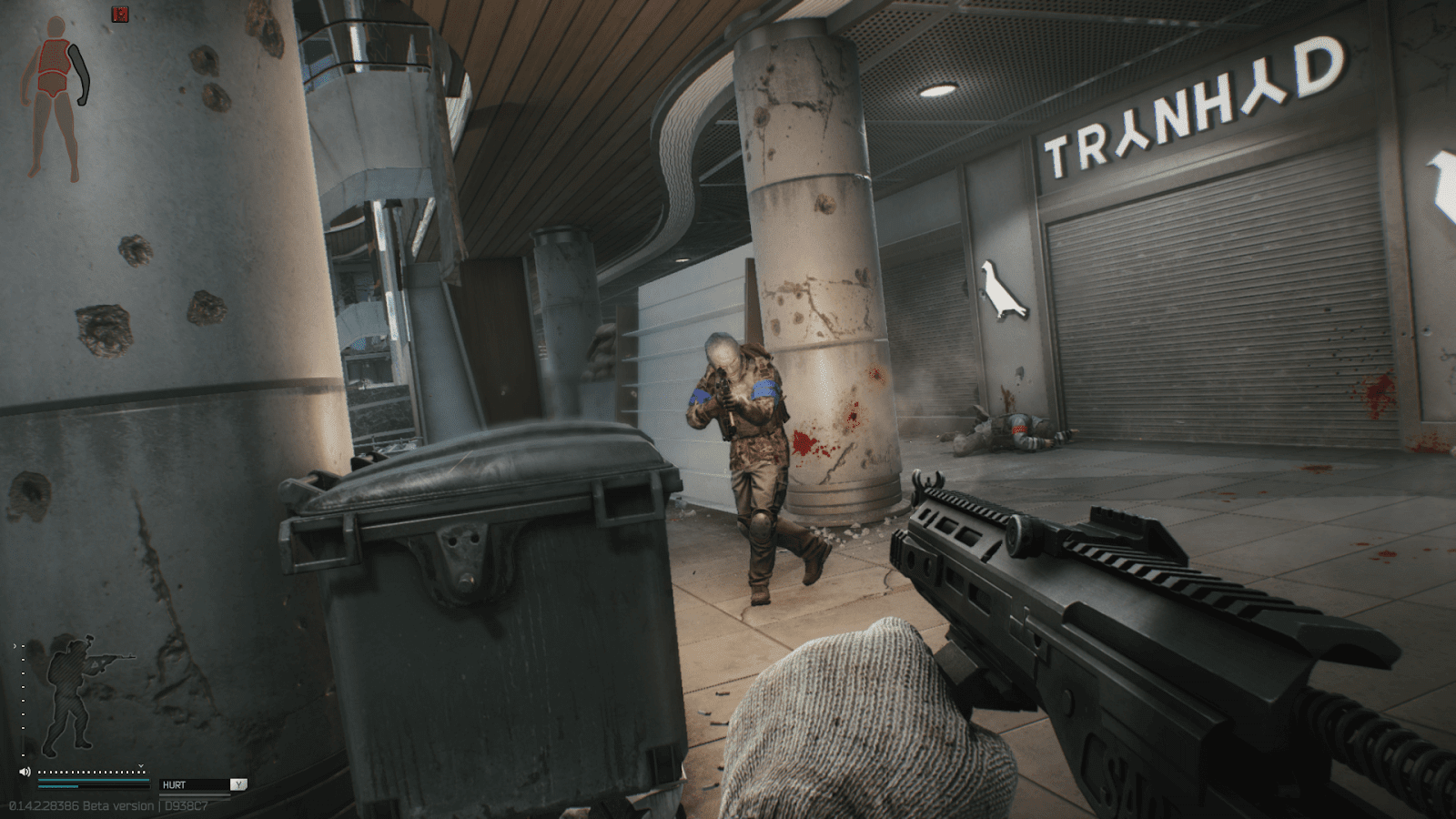
Key milestones in Escape From Tarkov history
Over its development lifecycle, EFT has seen numerous updates that have significantly changed how it’s played. These milestones are not just technical enhancements, they represent important shifts in the way players interact with the game.
| DATE | MILESTONE | DESCRIPTION |
|---|---|---|
| August 2016 | Closed Alpha | Introduction to EFT’s base mechanics, limited access for feedback collection |
| July 2017 | Closed Beta | Opened to more players, added maps like Customs, and began performance improvements |
| 2018 | Hideout Introduced | Players could manage resources and construct upgrades outside of raids |
| 2019 | Reserve Map | Featured a military base setting with top-tier loot and AI enemies |
| 2020 | Flea Market Update | Added a player-driven economy, allowing for in-game item trading |
| 2021 | Lighthouse Map | New high-risk area featuring rogue AI factions with distinct behavior |
| 2022 | Inertia Mechanics | Changed player movement to feel more weighty and realistic |
| 2023 | Arena Mode Teased | Battlestate’s plan for a competitive spin-off with more direct PvP gameplay |
| 2024 | Unity Engine Upgrade | Enhanced performance, visual fidelity, and overall polish |
Each patch not only fixed bugs but often introduced entirely new gameplay systems or lore elements. This evolving roadmap has kept players engaged and excited over the long term, ensuring that even veterans always have something new to master.
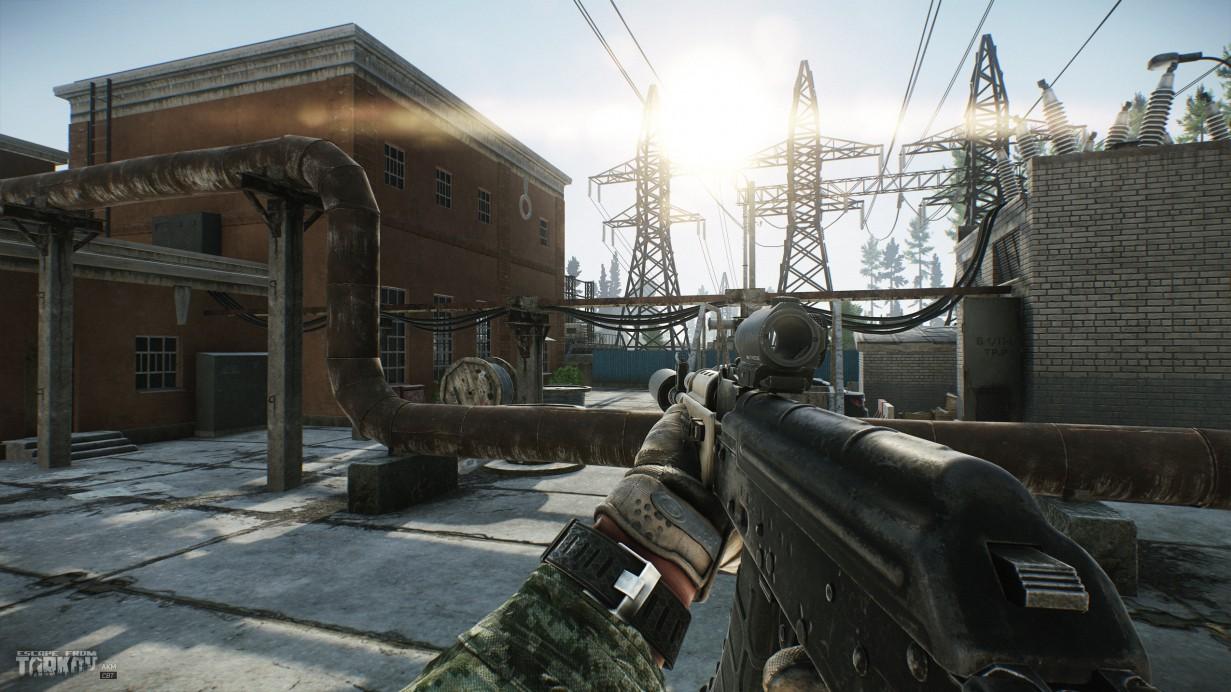
Graphics and gameplay evolution
The evolution of EFT’s graphics and gameplay has been nothing short of extraordinary. What started as a rough, glitch-prone shooter with dated visuals has blossomed into a visually compelling and technically sophisticated experience.
Gameplay Refinement:
In its early versions, weapon recoil and handling felt rigid. Today, gunplay is among the most detailed in the genre, with mechanics like:
- Real-time chamber checking and reloading
- Ballistic penetration and armor values
- Malfunctions and jamming
Health and survival systems have also evolved, requiring players to manage hydration, energy, bleeding, fractures, and more. This attention to detail creates an intense decision-making environment that few other games replicate.
Visual Enhancements:
Graphics have seen a major leap with high-resolution textures, dynamic lighting, and volumetric fog. Key updates include:
- Environmental storytelling: Detailed map design tells a narrative without words.
- Weather dynamics: Rain, fog, and day/night cycles affect gameplay strategy.
- Character animations: Smoother movement and gear adjustments for immersion.
As of 2024, the Unity engine upgrade brought additional visual fidelity, load time reductions, and better support for modern GPUs. EFT not only plays better, it looks and feels like a modern, premium shooter.

The EFT Community
One of the most compelling aspects of EFT is the loyal and passionate community that surrounds it. From casual fans to hardcore streamers, the community has played a central role in shaping the game’s development.
Twitch streams, YouTube tutorials, and subreddit megathreads have all contributed to a shared knowledge base that makes onboarding new players smoother. Veteran players often create spreadsheets, economic guides, and mod tools to enhance the experience.
Key influencers and their impact:
- Pestily: Former military man turned full-time streamer; known for raising money for charity and creating in-depth tutorials.
- Klean: Formerly worked with Battlestate, offering insights into game design decisions.
- Lvndmark: Popular for high-skill PvP content and aggressive raiding tactics.
These creators have contributed to EFT’s visibility and legitimacy within the broader gaming community. They also often serve as the first point of contact for potential new players seeking advice.
Join the Elocarry community on Discord to be part of the conversation, access exclusive content, and interact with like-minded players and staff.
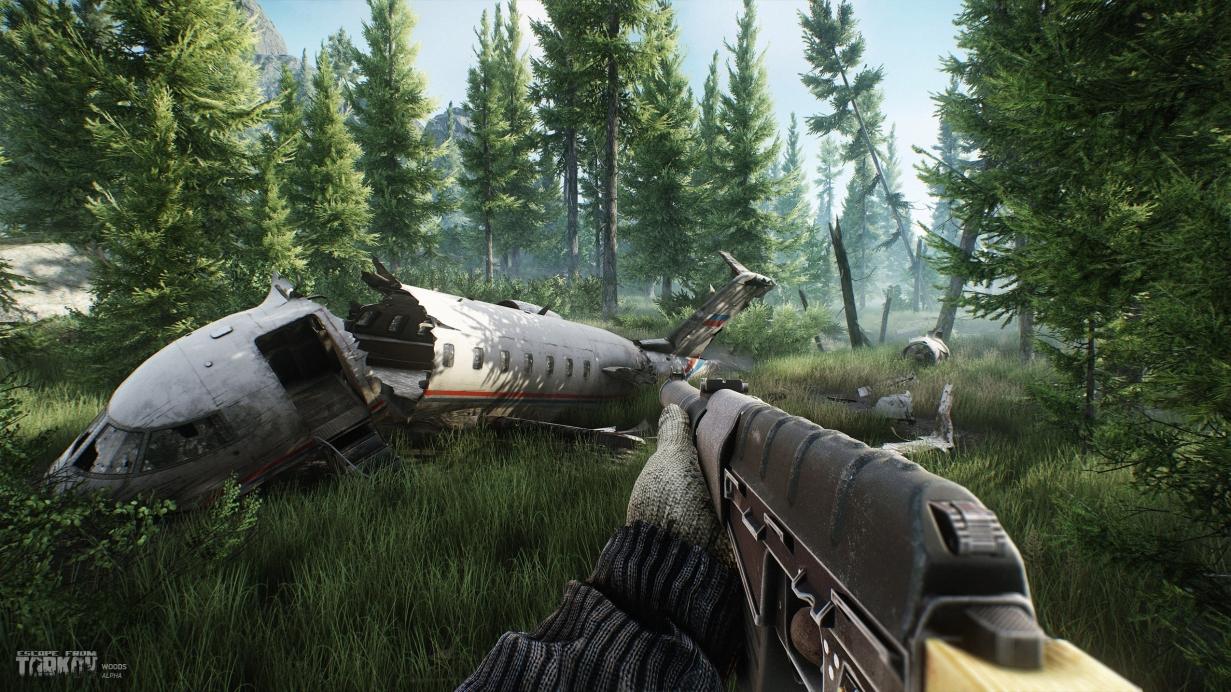
What’s next for Escape From Tarkov?
Looking forward, Battlestate Games continues to plan bold updates and expansions that will shape the future of EFT.
Confirmed Developments:
- Arena Mode: A standalone PvP game with ranking, leaderboards, and faster rounds.
- Expansive Maps: Ongoing work on “Streets of Tarkov” and rumors of suburban and forested zones.
- Narrative Quests: Richer backstory with dynamic NPCs, voiceovers, and consequences.
Anticipated Features:
- Out-of-beta full release: Fans speculate this may arrive in 2025 or 2026.
- Enhanced matchmaking: Improvements to netcode and fair match balance.
- Seasonal content: Timed challenges and rewards to keep gameplay fresh.
Game wipes continue to be a core mechanic. These resets maintain balance, allowing new and returning players to compete on a level playing field. Many in the community look forward to these events, preparing optimized gear and strategies.
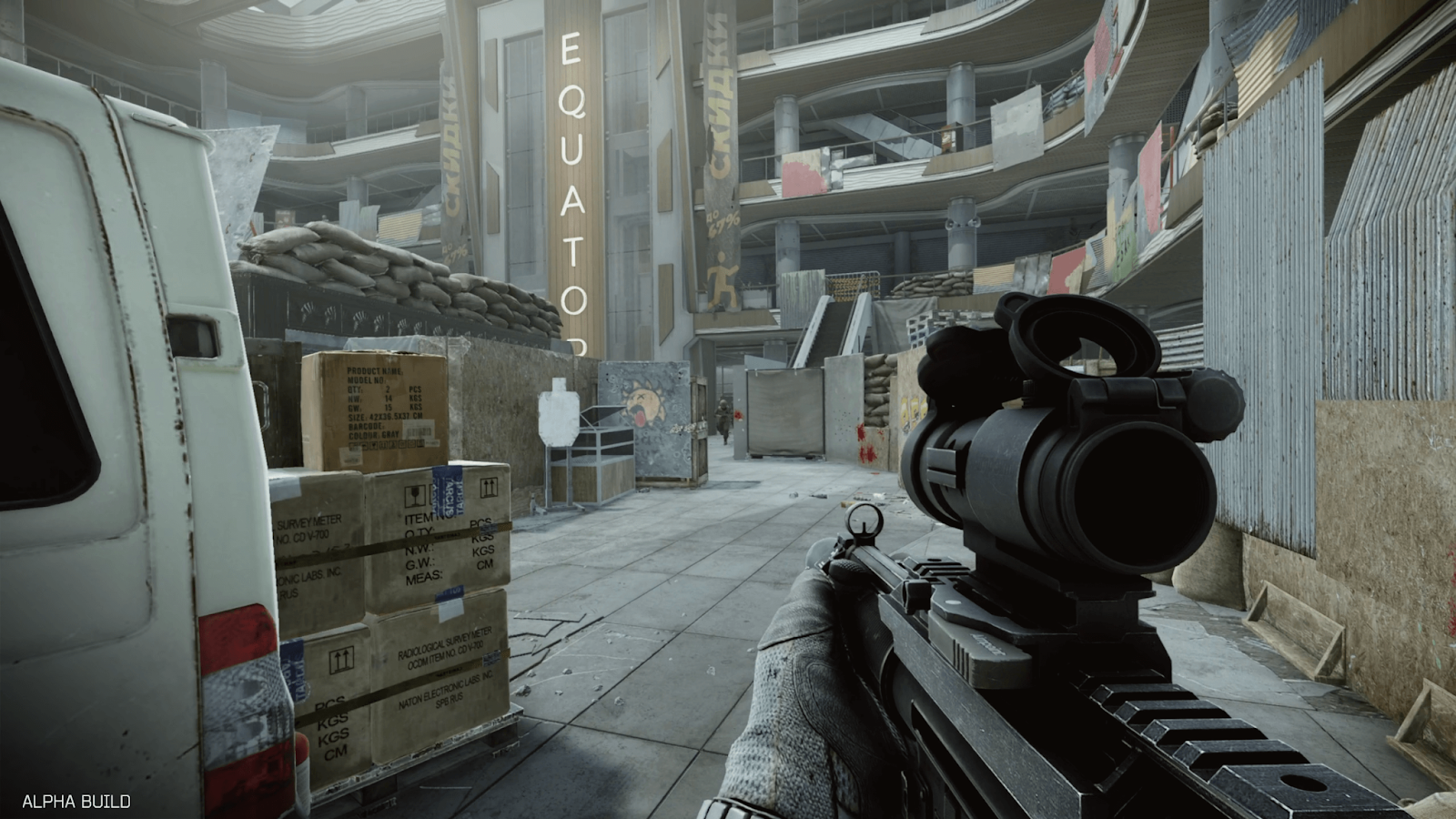
What the future holds for EFT players
EFT’s journey is far from over. What started as a niche title has grown into a benchmark for realism in shooters. Battlestate Games has proven its ability to listen to community feedback and deliver meaningful updates.
For new players, the depth of EFT may seem overwhelming, but with the right tools and community support, anyone can find their place in Tarkov. Start by reading our Beginner’s Guide to get an understanding of gear, loadouts, and map layouts.
Veterans can look forward to more content, more challenges, and more ways to refine their play. Whether you’re grinding for Kappa or just trying to survive your next raid, EFT has endless depth.
Ready to level up your Tarkov experience? Explore Elocarry’s EFT Cheats to stay one step ahead.

